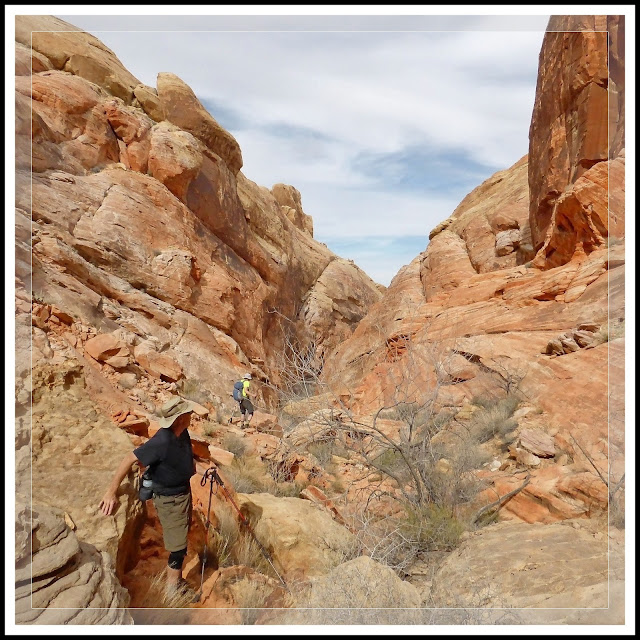 |
| (Fig. 01) |
Picture Info: The picture in (Fig. 1) was taken during a visit to the Death Valley National Park on 02/23/2016. It was captured along Badwater Road on the way to Badwater Basin.
Description: The Brown-eyed Evening-Primrose (Camissonia claviformis), also known as Browneyes, is an annual forb with basal leaves and a flowering stalk that can grown to a height of 2 feet, though usually shorter. Its leafs are generally basal; generally broad and 1-pinnate, but large terminal leaflet may look like an entire leaf; lateral leaflets much smaller than terminal leaflet. The flowers are white, aging to pink, with a dark brown center. The stigma hangs out beyond the petals. Brown-eyed Evening-Primrose is a common component of desert vegetation communities in washes and other gravelly and rocky soils. So found usually in lower elevations, and canbe found in elevations up to about 6,000 feet. It is common to California (Death Valley), Idado, Utah and New Mexico.































































